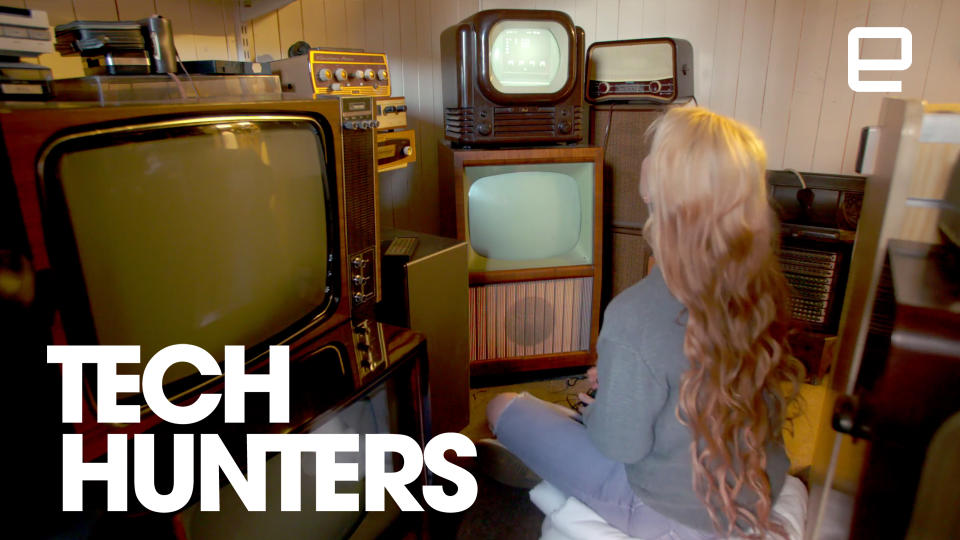Tech Hunters: the first TV set Britain fell in love with
And it all started with the Queen's coronation.
Televisions might be cheap and plentiful now, but in the 1930s, they were almost exclusively reserved for the middle class. The BBC was the only broadcaster in town and a lucky, elite few were able to watch the Coronation of King George VI and British Movietone News cinema newsreels inside their homes. Then, the second World War broke out and transmissions stopped over fears that TV signals would aid German bombers.
It wasn't until the 50s that TV became popular again, with royal events setting the benchmark. Following the death of King George VI in 1952, a young Elizabeth II took the throne and was coronated a year later. The Queen's coronation became a defining time for television in the UK, and a lot of it was due to the availability of the Bush TV22.
The black-and-white Bush TV22 launched with a 9-inch screen and cost £35, which is roughly £800 in today's money. It was cheaper and more portable than its bigger hardwood rivals at the time, with art-deco stylings that are now revered by British designers. When the royal family agreed to let the BBC inside Westminster Abbey to broadcast the Queen's coronation in June 1953, it led to a huge boom in television set sales. More often than not, it was the Bush TV22 that people brought home.
In this episode of Tech Hunters, Julia Hardy travels to Norwich to find the TV that changed viewing habits in the UK forever. Rob Howard shows Julia round the cathode ray set was a design classic that ushered in the era of television.
Tech Hunters is a 10-part video series that uncovers the devices we were once obsessed with, looking at how they disrupted the tech industry, and what they're worth today. From the pocket pet obsession with the original Tamagotchi, to mix-tapes and Sony Walkman, Tech Hunters explores the audio, visual, interactive and transport innovations that have shaped today's culture.



